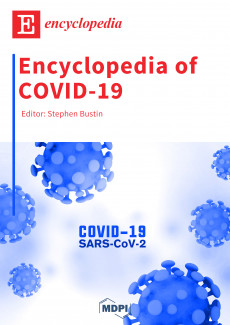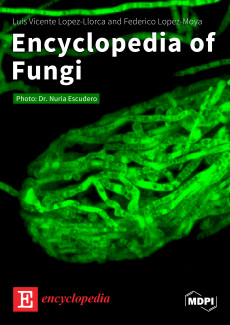Topic Review
- 1.1K
- 28 Dec 2021
Topic Review
- 451
- 19 May 2022
Topic Review
- 221
- 20 Nov 2023
Topic Review
- 298
- 29 Aug 2023
Topic Review
- 389
- 11 Jan 2022
Topic Review
- 483
- 03 Nov 2022
Topic Review
- 417
- 21 Feb 2023
Topic Review
- 288
- 26 Jun 2023
Topic Review
- 477
- 05 Sep 2022
Topic Review
- 587
- 11 Apr 2022
Featured Entry Collections
Featured Books
- Encyclopedia of Social Sciences
- Chief Editor:
- Encyclopedia of COVID-19
- Chief Editor:
- Encyclopedia of Fungi
- Chief Editor:
 Encyclopedia
Encyclopedia



